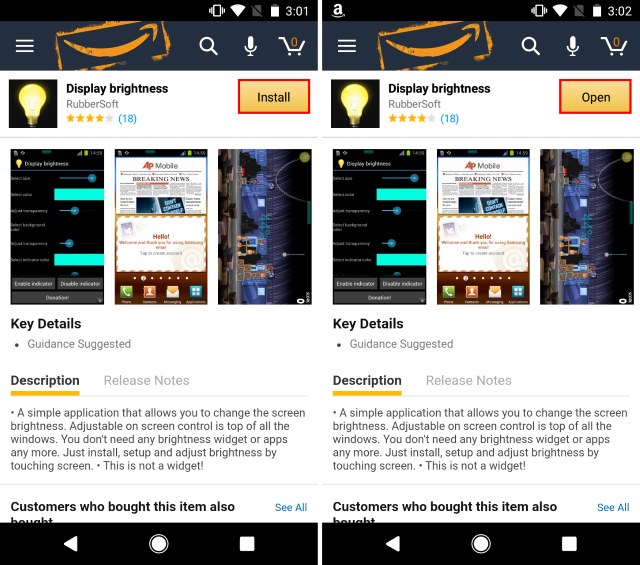

Some laptops I've seen have it as Fn+Up and Fn+Down, or Fn+Left and Fn+Right. Step 1: Simultaneously press the Windows logo and A keys to open the Action Center. Open Windows 11's quick settings This opens Windows 11's quick settings panel where, among other things, you can also find a brightness slider towards its bottom. If you want to set the Night light schedule, click Night light settings. 3 Can you try attaching a second monitor to your laptop and see if Windows will work on that. Use the keyboard shortcut Windows + A to open the Action Center, revealing a brightness slider at the bottom of the window. From there, you can change brightness from low to high with the slider. Step 3: Under the Brightness & color section, drag the brightness slider to change the brightness of your laptop's monitor. Select Go to Settings with the left mouse button. Here is what you have to do: Click the Start button and type Control Panel in the search bar.

#Move brightness slider to top software#
CareUEyes is an eye protection software that can easily help you adjust the brightness on Windows 7. You can now control Surface Pro's screen brightness with a single key located next to the Esc key. Inside Mobility Center, use the slider under brightness tile to increase or decrease screen brightness. Other fn keys, like for changing the volume - work. In the next window, scroll down to Display and hit the "+" icon to expand the drop-down menu. Press either the "DOWN" arrow key or the "LEFT" arrow key to turn down the brightness.


 0 kommentar(er)
0 kommentar(er)
